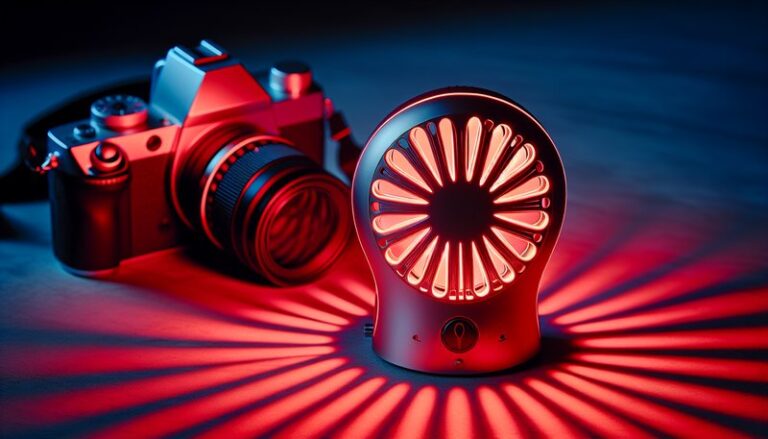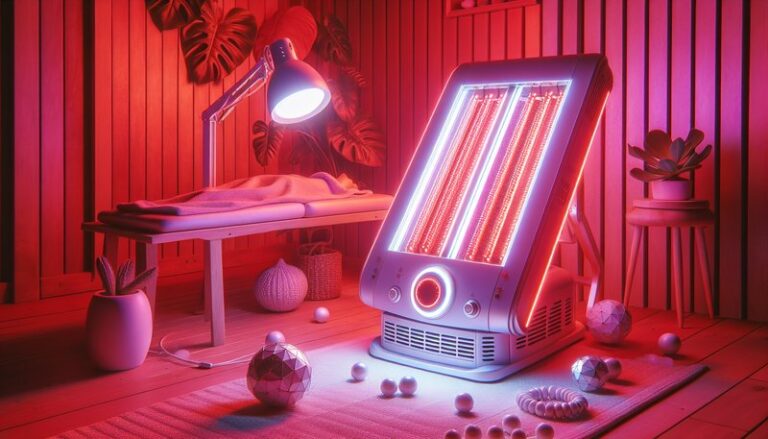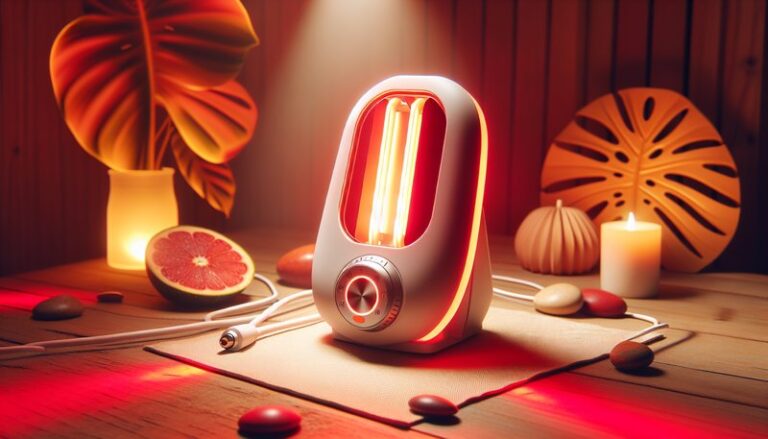Can You Have Too Much Red Light Therapy?
Can You Have Too Much Red Light Therapy?
Have you ever wondered whether there can be too much of a good thing, particularly when it comes to wellness treatments like red light therapy?
This article explores the topic of red light therapy, a popular treatment known for its various health benefits. We will delve into what red light therapy is, its potential benefits, possible drawbacks from overexposure, essential considerations, and possible alternatives. By the end, you will have a comprehensive understanding of whether you can overdo it with this therapy.
Key Takeaways
- Red light therapy can have numerous benefits, including improved skin health and enhanced recovery.
- While generally safe, excessive use may lead to adverse effects.
- It’s essential to consider individual health conditions and treatment guidelines when using red light therapy.
What is Red Light Therapy?
Red light therapy (RLT) involves using low-level wavelengths of red light to stimulate cellular function in the body. This treatment interacts with the mitochondria—the powerhouse of our cells—to promote healing, reduce inflammation, and enhance tissue repair.
This therapy is often delivered via specialized devices, such as LED panels, handheld devices, or even laser technology. Its applications range from skincare improvements to accelerated recovery from injuries and pain relief. The growing accessibility of at-home devices has led to its increased popularity among wellness enthusiasts seeking non-invasive treatment options.
The underlying principle of red light therapy lies in photobiomodulation, where the light’s wavelengths stimulate cellular processes, allowing for various biological responses, including increased collagen production and enhanced ATP (adenosine triphosphate) synthesis.
What are the Benefits of Red Light Therapy?
Red light therapy boasts a spectrum of benefits, making it an attractive option for many seeking improvement in health and wellness. Below are some notable advantages.
Improved Skin Health
One of the most recognized benefits of RLT is its ability to improve skin appearance and texture. Research shows that red light can stimulate collagen production, decrease wrinkles, and promote wound healing. For instance, those suffering from acne or other skin issues may find significant relief and skin restoration through regular sessions.
Enhanced Recovery and Pain Relief
Athletes often use red light therapy to accelerate recovery from workouts and reduce muscle soreness. Studies indicate that this therapy can reduce inflammation and pain in conditions like arthritis and tendinitis. This is achieved through its ability to enhance cellular repair processes, thereby promoting quicker recovery times.
Boosted Mood and Energy Levels
Emerging studies suggest that red light therapy may also have positive effects on mental health. It has been associated with improving mood and energy levels, particularly for those suffering from seasonal affective disorder (SAD). The stimulation of dopamine production through cellular processes seems to contribute to this uplifting effect.
Additional Benefits
- Enhanced sleep quality by promoting relaxation.
- Support for hair growth in conditions like androgenetic alopecia.
- Potential for improved joint health and function.
Is it Possible to Overdo Red Light Therapy?
While red light therapy is generally deemed safe, the question arises: can you overdo it? Yes, excessive exposure to red light therapy may yield negative outcomes.
Research suggests that prolonged usage—beyond recommended guidelines—can lead to skin irritation, inflammation, or even burns. Individual sensitivity also plays a significant role, as some people may experience adverse effects at lower intensity or duration levels.
What are the Advantages of Moderate Use?
Moderation in usage ensures you receive the benefits without the risks associated with overexposure. The correct duration and intensity can optimize healing and rejuvenation without harm.
Get the lowdown on Does Red Light Therapy Worsen Hyperpigmentation?
What are the Disadvantages of Excessive Use?
Overdoing red light therapy may lead to:
– Skin burns if high-intensity devices are used excessively.
– Aggravated inflammatory responses in sensitive individuals.
– Disruption of hormone levels if used during inappropriate times.
What are the Things to Consider Before Starting Red Light Therapy?
Prior to beginning red light therapy, several factors should be taken into account to ensure a safe and beneficial experience.
Individual Health Conditions
Before starting therapy, consult with a healthcare provider, especially if you have underlying health issues or are pregnant. Certain conditions may affect how your skin reacts to light therapy.
Device Quality and Specifications
Not all red light therapy devices are created equal. Be cautious in selecting equipment that meets safety and efficacy standards. Higher quality devices deliver specific wavelengths that target desired outcomes effectively.
Duration and Frequency
Adhering to the recommended duration and frequency is crucial. Many guidelines suggest treating an area for 10-20 minutes, 2-3 times a week. Monitoring body responses can help tailor a regimen that maximizes benefits without risking overexposure.
Additional Considerations
- Skin type and sensitivity vary; individual responses should guide treatment.
- Mixing red light therapy with other treatments requires caution.
- Be aware of your environment; excessive exposure to other light sources could lead to increased sensitivity.
What are the Alternatives to Red Light Therapy?
If you are hesitant about red light therapy or wish to explore other options, several alternatives offer similar benefits.
Cold Laser Therapy
Cold laser therapy, like red light therapy, uses light to stimulate cellular function but operates at different wavelengths. It can significantly reduce pain and inflammation, making it a worthwhile alternative.
Infrared Sauna
An infrared sauna provides a full-body holistic experience that promotes relaxation, muscle recovery, and improved skin health through heat-induced perspiration and detoxification.
Ultrasound Therapy
Using sound waves, ultrasound therapy aids in deep tissue healing and pain relief. This technique can penetrate layers of skin and tissue, providing therapeutic benefits comparable to those of red light exposure.
Additional Alternatives
- Acupuncture for pain relief and holistic health.
- Massage therapy to relieve tension and promote healing.
- Physical therapy for targeted rehabilitation and strength building.
Conclusion: Is it Recommended to Overdo Red Light Therapy?
In conclusion, while red light therapy offers significant health benefits, moderation is key. It is possible to experience negative effects from over-exposure, so understanding how to use the therapy effectively is crucial. Consulting healthcare professionals, monitoring your body’s responses, and adhering to recommended guidelines will help you make the most of this innovative treatment while minimizing risks.
Frequently Asked Questions
Can red light therapy cause skin damage?
Yes, excessive use can potentially lead to skin irritation or burns, particularly if high-intensity devices are applied too long or too frequently.
Is red light therapy suitable for everyone?
Most people can safely use red light therapy; however, consulting with a healthcare provider is recommended if you have medical conditions or are pregnant.
Learn the secrets in Tan from Red Light Therapy?
How long should I use red light therapy?
Most guidelines suggest a treatment duration of 10-20 minutes per session, 2-3 times a week, though individual needs may vary based on intended outcomes.
Can red light therapy be combined with other treatments?
While it’s often safe to combine RLT with other therapies, it’s crucial to consult a professional to prevent potential interactions or overexposure issues.
What should I look for in a red light therapy device?
Select devices that specify wavelength ranges, quality certifications, and safety features. Opting for higher-quality products often correlates with better and safer results.






